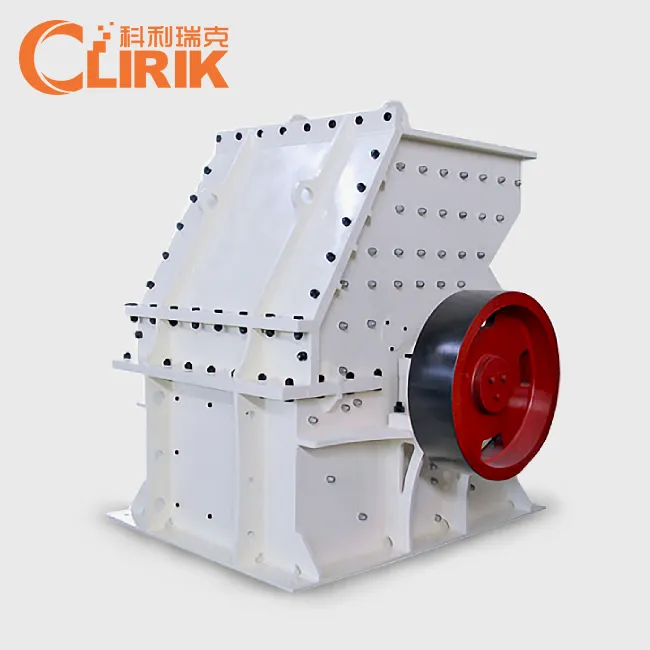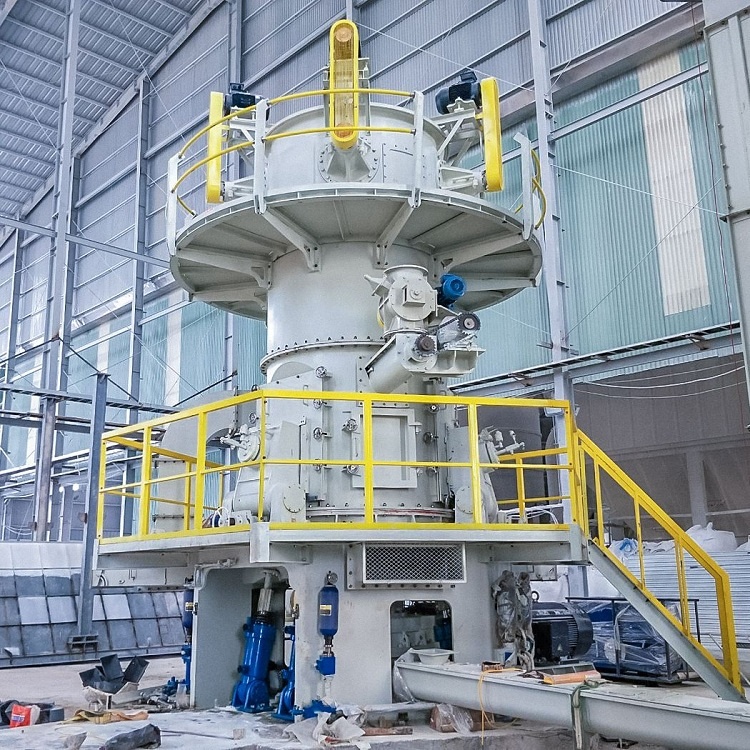The index requirements of talcum powder for plastics mainly include purity, whiteness, flakeness, fineness, SiO2 content, fluidity, static electricity, etc.
1. Purity
Purity refers to the talc content of the product. There is no doubt that the higher the talc purity, the better the enhancement effect. Products with low talc content have very limited reinforcement effect on plastics, mainly acting as general fillers. However, talc with a high content of impurities such as carbonate, iron, heavy metals, etc., will lead to poor aging resistance and thermal stability of plastic products.
2. Whiteness
For the same raw material, the finer the particle size, the higher the whiteness. The higher the water content, the lower the whiteness. Although the degree of whiteness has no effect on the physical properties of the product, it is very important to maintain the purity of the color for light-colored products. A disadvantage of talc is that the color of the plastic becomes more or less darkened after mixing, which is an important factor that limits the wide application of talc in plastics.
3. Fragmentation
The significant enhancement effect of talc on plastic products mainly comes from its unique micro flake structure. The more complete the flake structure of talc is, the more obvious its enhancement effect is. The two main factors that affect the flake shape of the product are: talc purity, powder processing methods and technology.
4. Fineness
Micronization is the development trend of talc products. The finer the product, the better the enhancement effect, but at the same time the surface energy of the particles increases, which is easy to agglomerate, difficult to disperse, and the price is high. Therefore, you need to choose the appropriate fineness products according to your own technical level and actual needs, and the finer the better.
aThe product must strive to achieve the same particle size distribution in each batch, which is very difficult in production practice. In the high-end products of talcum powder, controlling the particle size distribution, especially the number of coarse particles, is a very critical technology. This requires both high-efficiency, high-precision and reliable classification equipment, as well as rich operating experience and equipment. Maintenance ability.
5. SiO2 content
The content of silicon (SiO2) in talc is an important indicator of the grade of talc. The talc powder should be selected according to the performance requirements of different plastic products. For example, the talc powder added in the film should have a higher silicon content, small particle size and narrow particle size distribution, so that the film has high light transmittance, tensile strength and puncture resistance. Indexes such as sex have improved significantly. In injection molding, plates, and bars, the silicon content requirements do not have to be too high. The price of talc with lower silicon content is lower and the resources are abundant.
6. Liquidity
In the extrusion process, talc has worse fluidity than other granular inorganic materials, difficult to disperse, and large screw torque. Therefore, the use of better activating additives is the key to overcome the above problems.
7. Static electricity
Talc has a layered structure with a large specific surface area. The irregularity of the particle shape and the surface convex and concave morphology make it have a large friction coefficient and easy to generate static electricity, which causes agglomeration between small particles and is difficult to disperse, which affects the application effect. The static storage elimination technology is adopted, which is simple and practical, and easy to operate.
HOT PRODUCTS

Talc Raymond Mill
Capacity: 1-25 t/h
Max feeding size: 40 mm
Discharge fineness: 50-325 mesh
Range of application: Barite, calcite, potassium feldspar, talc…… [Read More…]

Micro Powder Grinding Mill
Capacity: 0.2-45 t/h
Max feeding size: 20 mm
Discharge fineness: 150-3000 mesh
Range of application: calcium carbonate, kaolin, carbon black, dolomite…… [Read More…]

Talc Ultrafine Grinding Mill
Capacity: 0.2-45 t/h
Max feeding size: 20 mm
Discharge fineness: 150-3000 mesh
Processing materials: non-flammable and explosive non-metallic ores with Mohs hardness less than 7…… [Read More…]

Talc Jaw Crusher
Output Size: 65-160mm
Feed size: 480mm
Capacity: 1-140t/h
Processing materials: Granite, quartz stone, river pebble, calcite, concrete, dolomite…… [Read More…]

Talc Hammer Mill
Output Size: 5-20 mm
Feed size: <350 mm
Capacity: 5-30 t/h
Application: It is widely used for medium and fine crushing of brittle, medium hardness and soft materials... [Read More…]

Talc Vertical Mill
Discharge fineness: 150-3000 mesh
Feed size: <15 mm
Output: 1-20 T/H
Product features: It has high grinding efficiency, low energy consumption, uniform particle shape... [Read More…]


